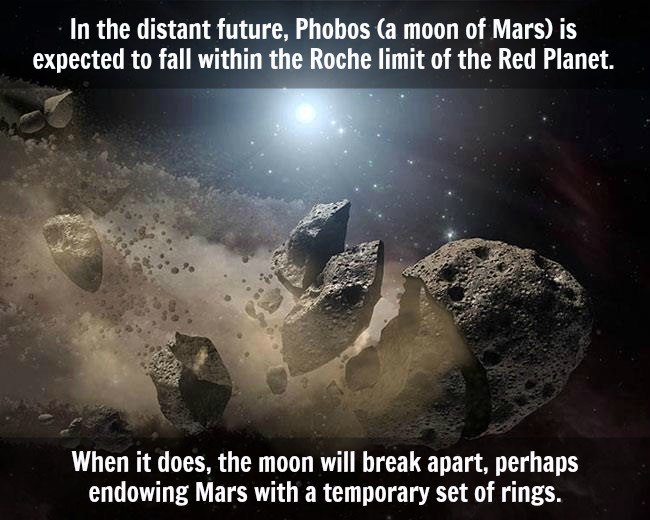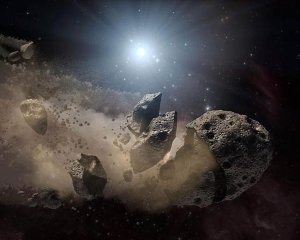

A little known effect for many new folk entering the world of astrophysics is what occurs when two (or more) orbital bodies find themselves in close proximity, cosmologically speaking, with a substantial mass difference. When you try to imagine what happens when orbital planets, asteroids or satellites get too close to their primary gravity source, you may naturally imagine the two bodies drifting together and impacting – much like you see in Hollywood movies when an asteroid hits a planet.
In the case of stars, quark stars or black holes you would imagine them to be devoured by the larger gravity mass – the entire object engulfed and consumed. In some cases, you may be correct, especially depending on the speed and angle of approach. However, where there is gradual change or influence to orbital eccentricity, such as an incoming alternate gravity source, or a star altering its mass, it is entirely possible that the planetary object may reach and exceed their tidal or Roche limit.
The Roche Limit is essentially a defined as a circular radius around a gravitational body whereby the exerted tidal forces upon an object will defeat the object’s tensile strength. The resulting effect of this is the ultimate distortion and eventual destruction of the object. This is typically quantified as being 2.5x the radius of the primary gravity source:
Radius (Roche) ~ 2.5 Radius (Planet)
In more detailed terms, as the object approaches a strong gravity source, the tidal forces will affect one area of the object – the leading edge, distorting it by elongating it towards the gravity source. As more of the object gets elongated, it allows for yet a greater area of the object to be affected by the tidal forces, as that gets elongated further. Eventually, the object will be so heavily distorted that the tensile strength will be overcome and the object will be pulled apart. Depending on the composition and bonds between the matter, this could be atomization, or simply broken apart into huge pieces.

Every planet in the universe will have a Roche limit – from a liquid planet, to a gas giant; each Roche Limit representing the forces in which the gravitational tidal force far outweighs what Astrophysicists believe to be the tensile strength of any orbiting body. A previous demonstration of the Roche Limit being reached, was the famous comet, Shoemaker-Levy 9, which, in 1994 was torn apart by Jupiter and collided with the huge gas-giant leaving a legendarily visible battle-scar upon Jupiter.
Within our solar system, it is believed that Neptune’s moon, Triton — alongside Mars’ moon, Phobos will be the next witnessed casualties of the Roche Limit effect. The moons will eventually become ripped apart to form a(n additional) ring around the planets. This is due to occur slightly outside of our timescale – predicted to occur from 10 million years time.

To tie this to something far closer to home – when the Sun turns into a Red Giant, our very own Moon is believed to be pulled out of orbit, closer to the Earth, to such an extent as to be torn apart, showering our planet with huge pieces of Moon debris (perhaps similar to the one that was created prior to the moon’s formation) as well as giving our planet a ring, albeit briefly (before the planet is destroyed by the red-giant).